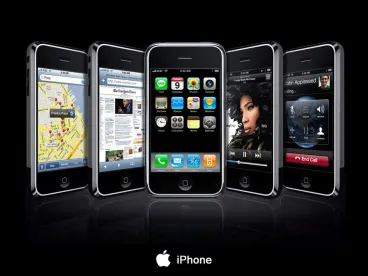The FDA recently announced that it is seeking input on its proposed approach for regulating certain mobile applications specific to medicine or health care called mobile medical applications (apps) that are designed for use on smartphones and other mobile computing devices. Mobile medical apps include a variety of functions, ranging from monitoring calorie intake, helping people maintain a healthy weight, and allowing doctors to view a patient’s radiology images on their mobile communications device. According to one source cited by the FDA, 500 million smartphone users worldwide will be using a health care application by 2015.
The FDA’s draft Guidance states that it will limit exercise of its regulatory authority to a small subset of mobile medical apps that impact or may impact the performance or functionality of currently regulated medical devices. Covered apps must first meet the definition of a “device” in the federal Food, Drug and Cosmetic Act. In general if a mobile app is intended for use in performing a medical device function it is a medical device, regardless of the platform on which it is run. The subset of apps the FDA intends to regulate is further limited to:
- those used as an accessory to medical device already regulated by the FDA; or
-
those that transform a mobile communications device into a regulated medical device by
using attachments, sensors or other devices.
An example of the first category is an application that allows a health care professional to make a specific diagnosis by viewing a medical image from a picture archiving and communication system (PACS) on a smartphone or a tablet. An example of the second category is an application that turns a smartphone into an ECG machine to detect abnormal heart rhythms or determine if a patient is experiencing a heart attack.
Regulated medical mobile apps will be subject to varying regulations depending on whether FDA classifies them as Class I (low risk), Class II (medium risk), and Class III (high risk). Class I devices are subject to General Controls found in 21 C.F.R. 801 et seq. Class II devices are subject to the General Controls and Special Controls, and, in most cases, premarket notification requirements. Class III devices are subject to General Controls and the premarket approval requirements of 21 C.F.R. 813.
The draft Guidance also gives examples of apps that FDA does not intend to regulate:
- Mobile apps that are electronic “copies” of medical textbooks, teaching aids or reference materials, or are solely used to provide clinicians with training or reinforce training previously received.
- Mobile apps that are solely used to log, record, track, evaluate, or make decisions or suggestions related to developing or maintaining general health and wellness.
- Mobile apps that only automate general office operations with functionalities that include billing, inventory, appointments, or insurance transactions.
- Mobile apps that are generic aids that assist users but are not commercially marketed for a specific medical indication.
- Mobile apps that perform the functionality of an electronic health record system or personal health record system.
It is important to remember that FDA Guidance documents are not “law,” like a statute or regulation. Rather, they are non-binding statements of FDA’s current thinking on a topic.
This Barnes & Thornburg LLP publication should not be construed as legal advice or legal opinion on any specific facts or circumstances. The contents are intended for general informational purposes only, and you are urged to consult your own lawyer on any specific legal questions you may have concerning your situation.




 />i
/>i
